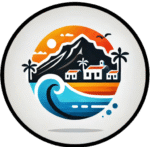Aeropuerto Cesar Manrique - Lanzarote Airport
Aeropuerto Cesar Manrique – Lanzarote Airport, located 5 kilometres from Arrecife, originally known as Guacimeta but recently changed to Aeropuerto Cesar Manrique in homeage to the islands famous artist, is extremely important for tourism development on the island.
Most of the traffic at the airport comes from European Union countries. The United Kingdom and Germany account more than 60 per cent of international traffic.
Domestic traffic is concentrated around three destinations: Madrid-Barajas, Gran Canaria and Tenerife Norte.
In 2019, the airport recorded 7,292,720 passengers. The number of operations was 60,524 and cargo traffic exceeded 1,346 tonnes.
History
The requirement to fly over Lanzarote on the route from Seville to the Canary Islands motivated the construction in 1936 of an ancillary airfield in Llanos de Guacimeta; this was the first step towards the creation of an aerodrome on the island.
In the mid 1940s, the Air Force approved the construction of an aerodrome on Lanzarote, as part of a defence plan for the Canary Islands. The aerodrome was located five kilometres west of Arrecife, on the Guacimeta coast, within the municipality of San Bartolomé.
In 1946, Lanzarote airport was provisionally opened to civil traffic, with part of the building that housed the military annexes being used for the purpose. A year later, it was officially opened to domestic air traffic.
During the 50s repair and alteration work was carried out to the runway, an apron was built to park aircraft, and measures were taken to give the airport a paved runway.
In 1965, the construction of a firm runway was assigned to the Cabildo Insular (local government) of Lanzarote. Provisional lighting was installed on the new runway, thereby enabling the airport to be opened to night traffic on request.
In 1969, construction work was carried out on a new passenger terminal building, an aircraft parking area, a connecting strip, the extension of the runway, a transmission centre, a power plant, a technical block and general planning. After the work, the airport remained classified as second category and, finally, on 3 March 1970, it was opened to civil national and international passenger air traffic.
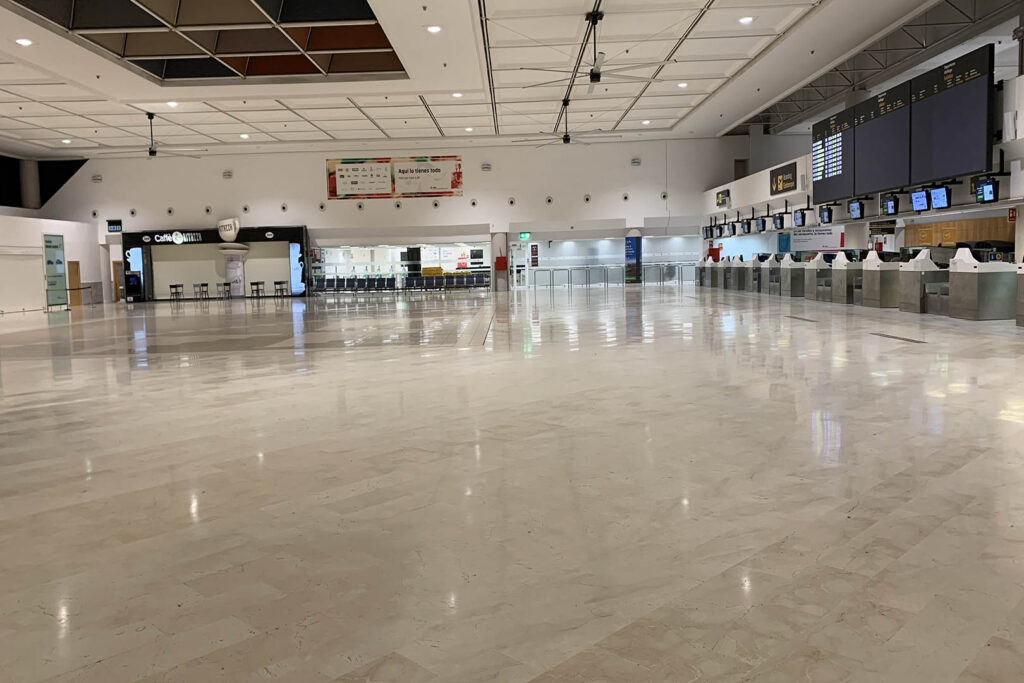

The constant increase in passenger traffic led to a further extension and improvement of the airport. The works included the installation of a DME associated with the VOR, a VASIS at the departure points 04/22, new runway lighting to substitute the temporary lighting, the extension of the aircraft apron, rapid exit path, and the extension of the passenger terminal. The new facilities meant the airport moved up to the category one, for the purposes of the airport laws.
In 1988, additional extension and alteration work was carried out to the airport to cover the existing demand. Moreover, to increase operating capacity, a taxiway was constructed, parallel to the runway, and the apron was extended.
In 1999, the new passenger terminal was officially opened with a capacity to meet the demand from over seven million passengers per year. The facilities are rounded off with new accesses, parking for vehicles and a control tower.
Key Features and Facilities
1. Modern Terminals: Lanzarote Airport has two passenger terminals – Terminal 1 and Terminal 2.
- Terminal 1 handles all international flights and domestic flights and is equipped with modern amenities, including duty-free shopping, restaurants, and car rental services.
- Terminal 2 caters primarily to inter-island flights. Its smaller size allows for quicker check-in and boarding processes for regional traveller.
2. César Manrique Art Displays: The airport is named after the famous local artist César Manrique, whose influence is evident in the island’s architecture and culture. Inside the airport, travelers can admire art installations and displays that reflect Manrique’s style, which harmonizes nature with artistic expression.
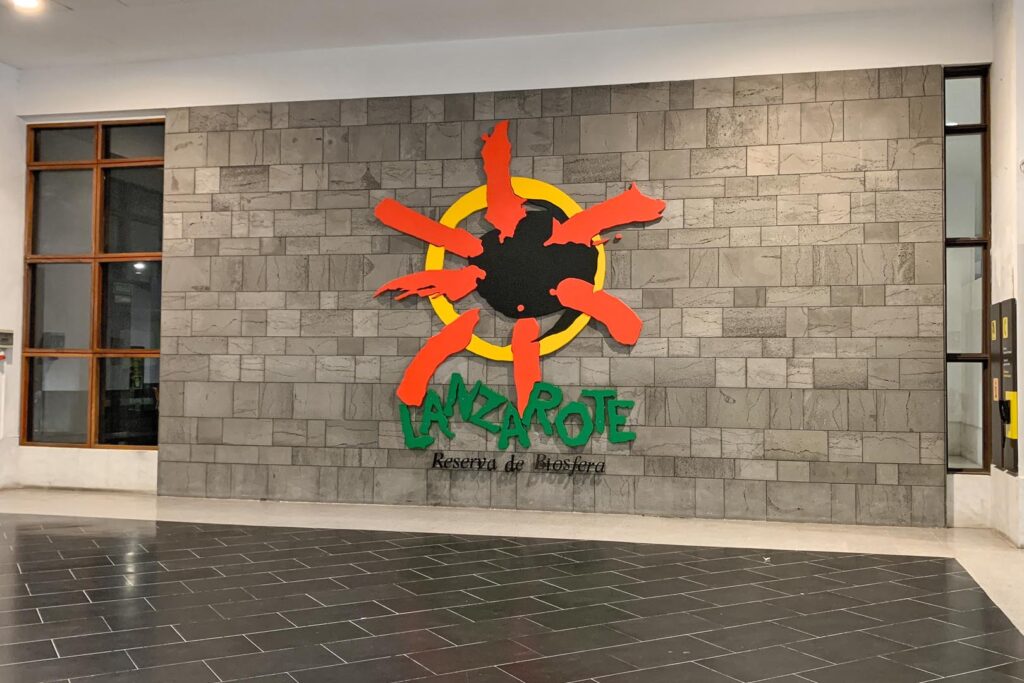
3. Comprehensive Services: The airport offers a wide range of facilities to ensure passenger comfort, including:
- Free Wi-Fi: Stay connected with free internet access throughout both terminals.
- VIP Lounge – Terminal 1 Only: For those seeking extra comfort, the VIP lounge provides a quieter space with refreshments, newspapers, and premium services.
- VIP Fast Track – Terminal 1 Only: A new fast track security access will be opening soon, allowing passengers quicker access through security.
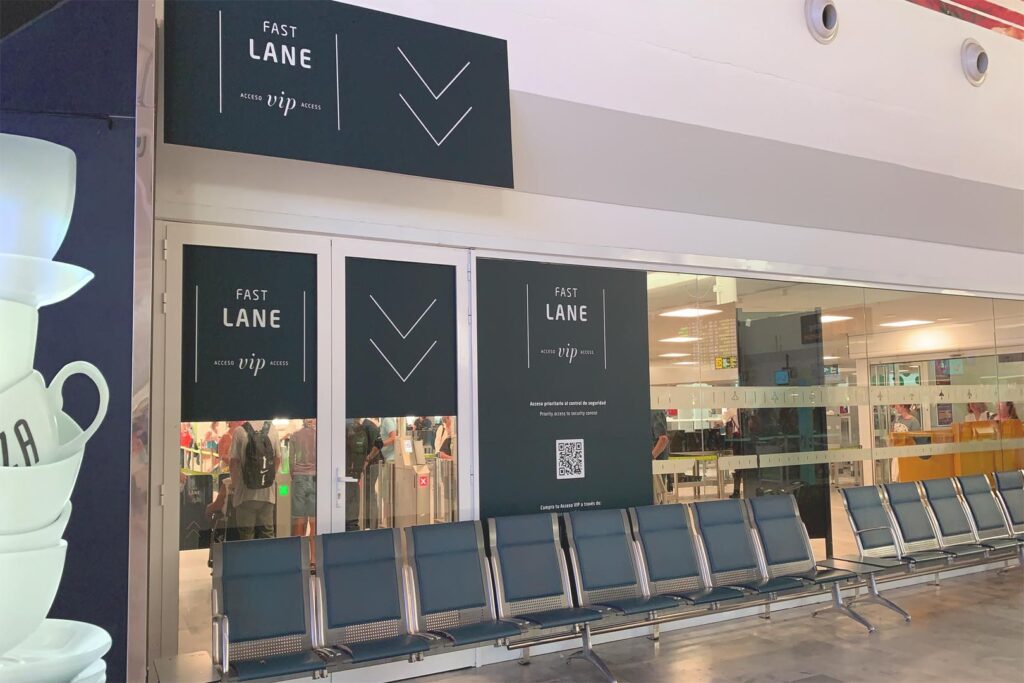
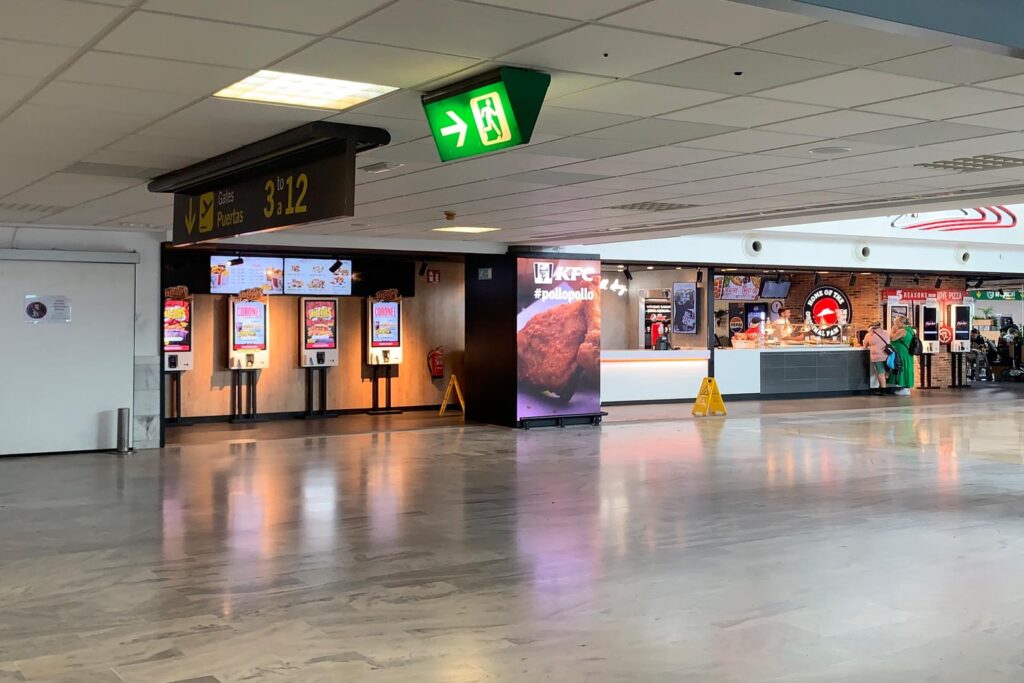
- Car Rentals and Transportation: Major car rental companies have offices on-site, making it easy to pick up a rental car upon arrival. Taxis and public buses are also readily available for those heading to Arrecife or other parts of the island.
- Shopping and Dining: Duty-free shops, local boutiques, and a variety of restaurants and cafes offer everything from souvenirs and local delicacies to international cuisine
Inter-island flight terminal
Lanzarote Airport now has a new terminal to attend inter-island passenger traffic in the Canary Islands. The new building is designed over the old airport terminal, respecting and making special use of the mural done by César Manrique in the old airport facilities.
The reform works have provided the airport with modern facilities to cover the quite unique traffic demands at this airport, considering that distances are measured in minutes, instead of kilometres.
The traffic that this airport generates is quite different from other airports due to such factors as passenger origin and destination, the types of aircraft used and the duration of the flights. This uniqueness was taken specially into account when designing the new space to give it a special dynamism and agility. It is easy for passengers to quickly orient themselves and to identify all the services available to them at a glance.
The new terminal seeks not only flexibility and dynamism, but also comfort for passengers during the longest stays, for which a pleasant, well-lit space has been created.
In the departures area, passengers get to the large hall via automatic sliding doors, and find the ticket sales offices and check-in desks right in front. The same floor houses the security control checkpoint and departures lounge, an area designed in the most authentic of Canary Island style to reproduce local architecture. There is a Canary Island-style patio in the centre and landscaped areas with local flora along the entire route taken by passengers from the lounge to the boarding gates.
With these installations, passengers will find all the services they need for the departure process within the same unit, ensuring that check-in and boarding can be carried out quickly and easily.
The route taken by passengers in the arrivals area is equally simple and intuitive: once they have claimed their baggage, passengers are practically right in front of the building exits.
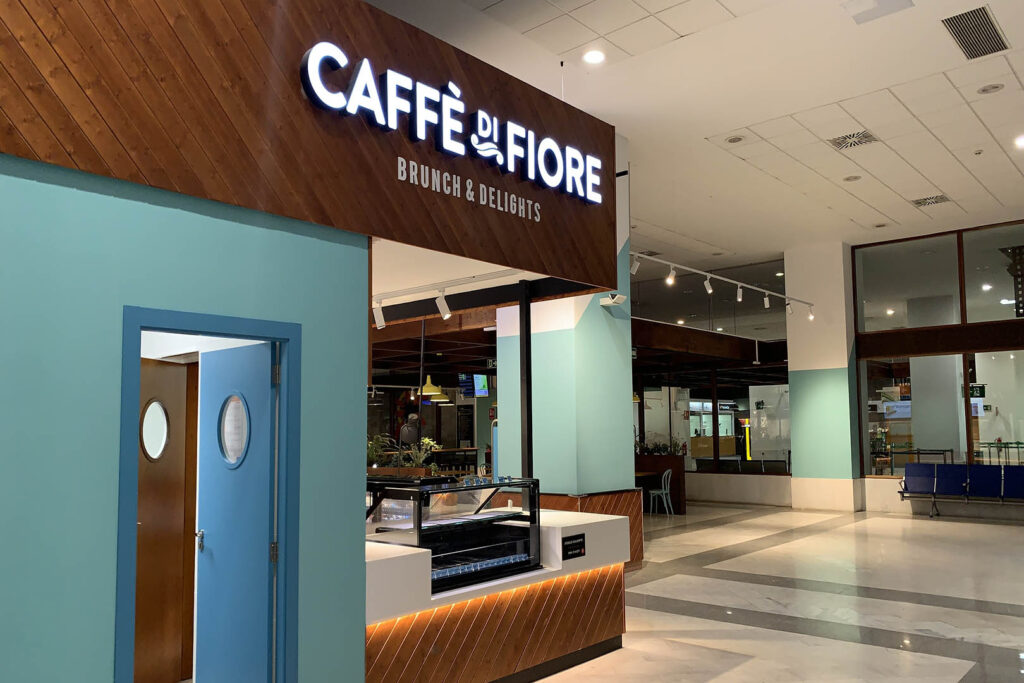

Likewise, the commercial aspect has been treated from a functional point of view. Passengers who have time before boarding aircraft will be able to see the shopping areas that have been strategically placed in the building from the check-in desks: to the right there is a cafeteria and shopping area that has been designed and equipped to make waiting a more pleasant experience for passengers, while the rest area can be found surrounding the shopping area. Upon leaving the terminal, passengers will find it equally simple to find the services they need: the car hire companies are located by the exit doors of the baggage reclaim area and provide service to customers both inside the lobby and outside, in the arrivals lobby.
Aeronautical Museum
The Aeronautical Museum, housed in the airport’s first passenger terminal, was opened in 2006. As well as free guided tours in two spoken languages and Braille for people with eyesight disabilities, a series of parallel activities were also organised, such as open days, conferences, book presentations, exhibitions, business conventions, airport events, tourism events, school tours, concerts, theatre performances, movie filming, etc. All these events took place where the first stage in the history of aviation in Lanzarote unfolded, the foundation for commercial, industrial and tourism development on the island.
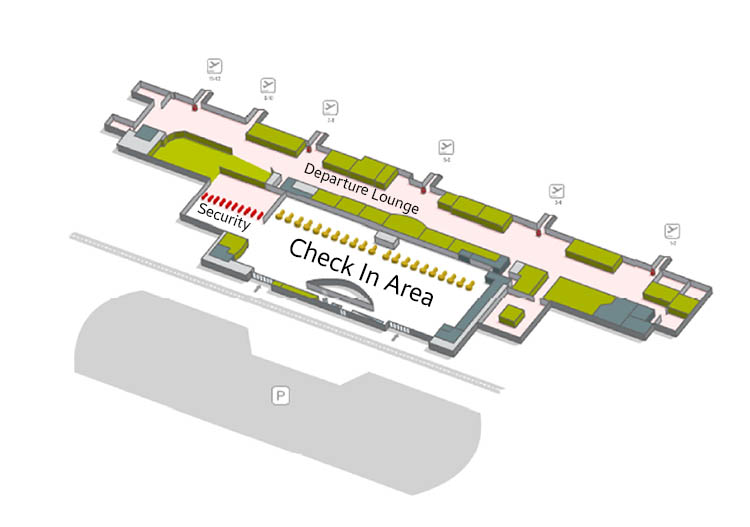
Lanzarote Airport, Canary Islands, Apartado de Correos 86, |
Arrecife is some 5km (3miles) north of the airport.
The airports position is 28°56’44″N, 013°36’19″W, with an elevation of 14m (45ft)
Runway Operating hours are 0700-0100 local time
Customs Tel: +34 928 847090
Customs Hours: 0600-0100 local time
Lost Property Email: capucace@aena.es
Passenger Facilities
49 check-in desks
17 gates,
6 airbridges,
10 baggage claim belts,
1 VIP Lounge
2 short and long term parking spaces
Numerous Retail outlets including Snack bars, Caferterias and Shops
Museum
2 Passenger Terminals,
1 Cargo Terminal,
24 Aircraft Stands
Airfield Data:
Airfield Data:
Fire Category 9
Navigational Aids: TACAN, VOR-DME, NDB
Runway 1: Heading 03/21, 2 400m (7 874ft), 50/F/C/W/T
Aircraft size max: 52m
ILS
Blast From The Past
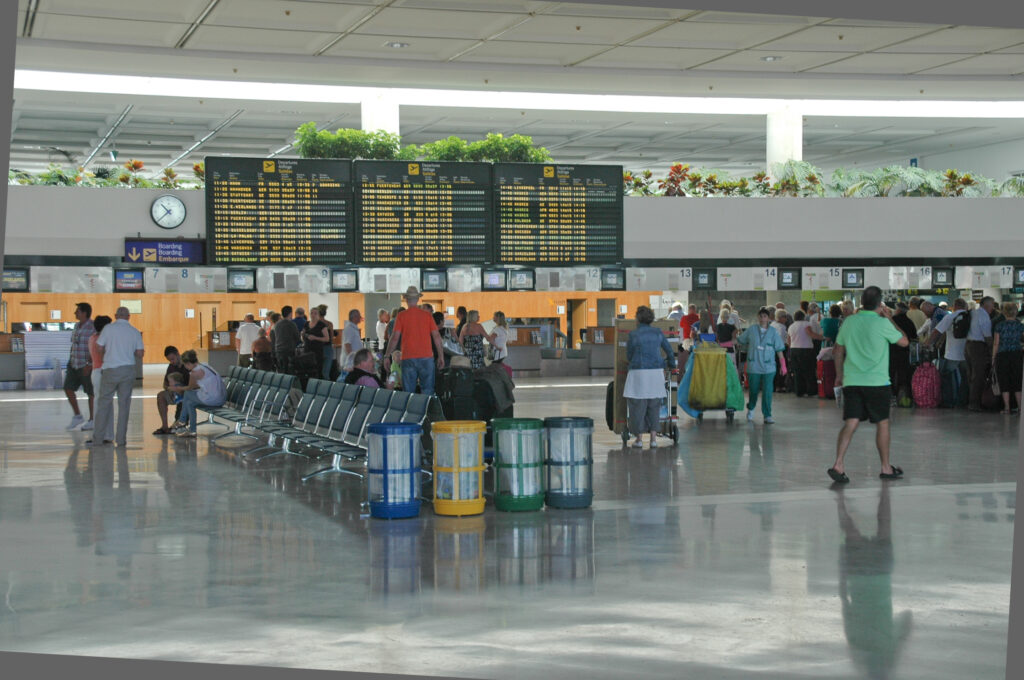
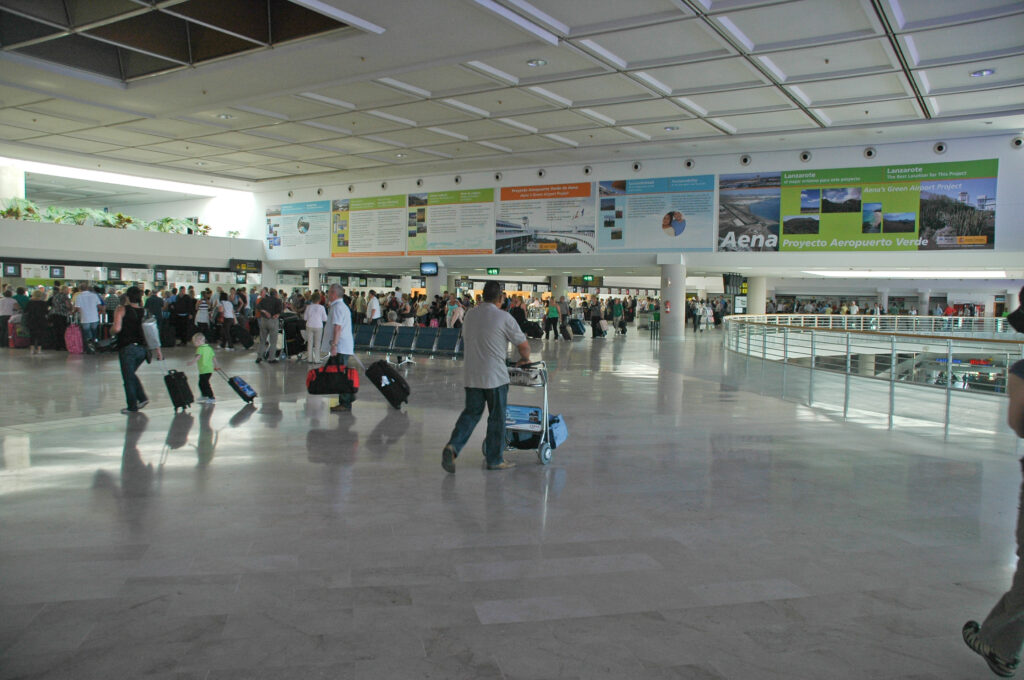
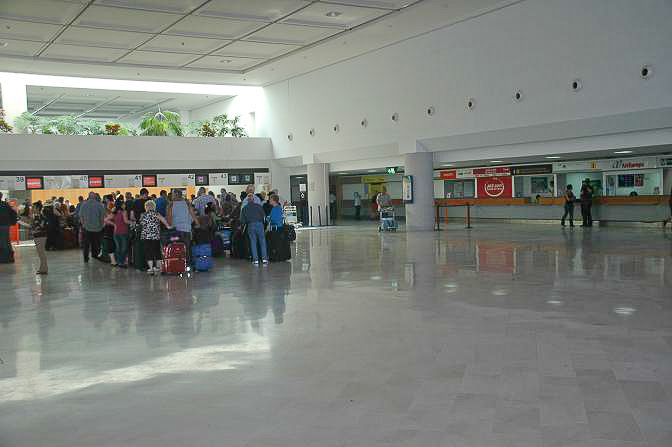
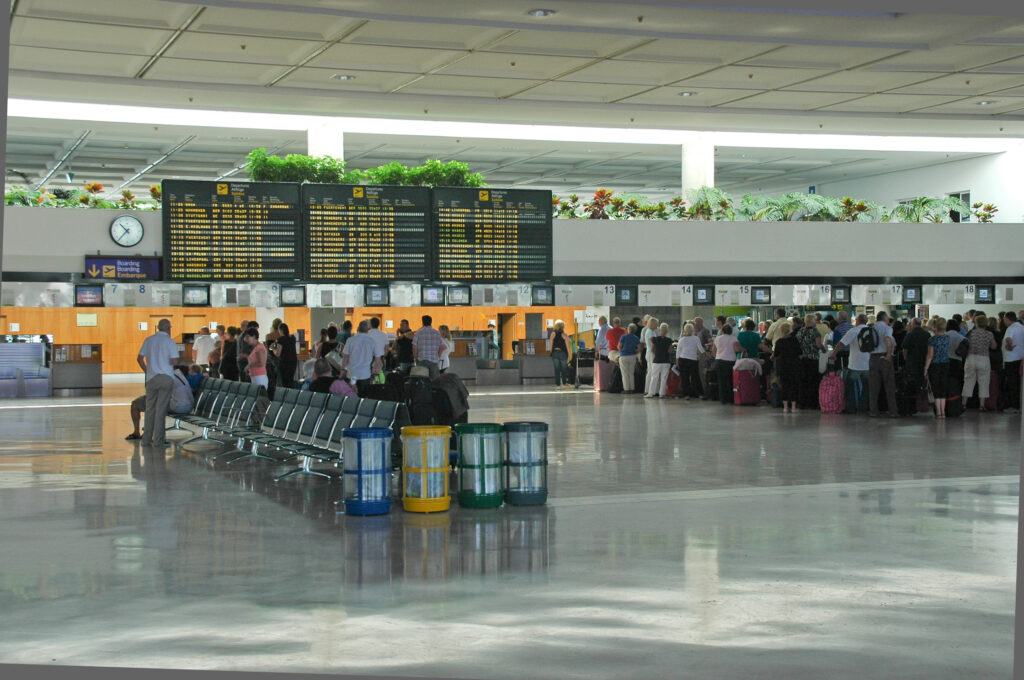
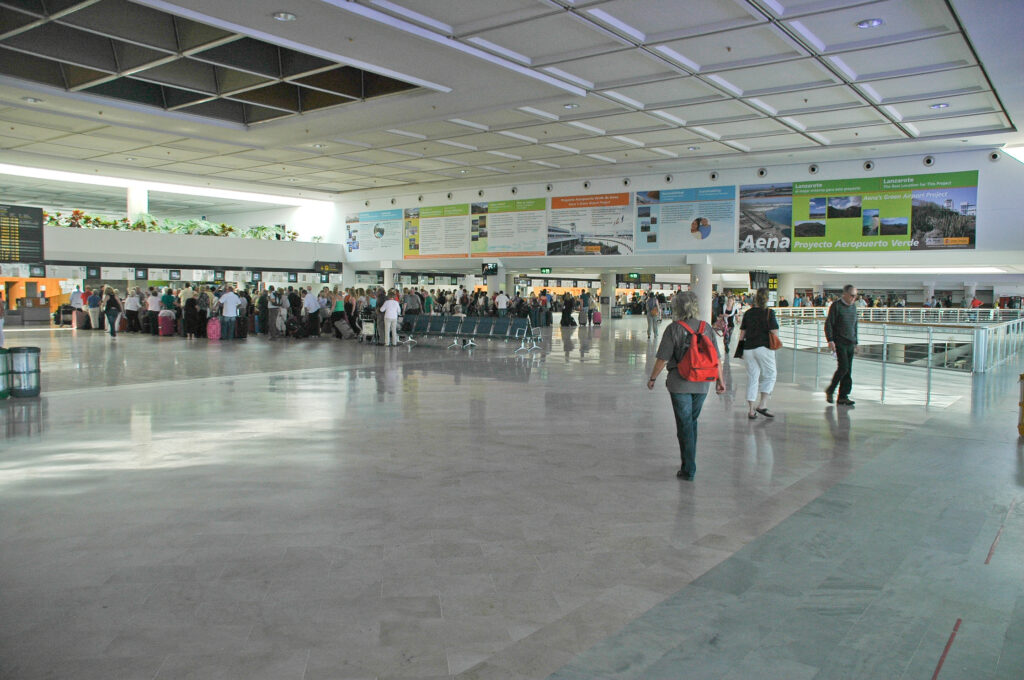
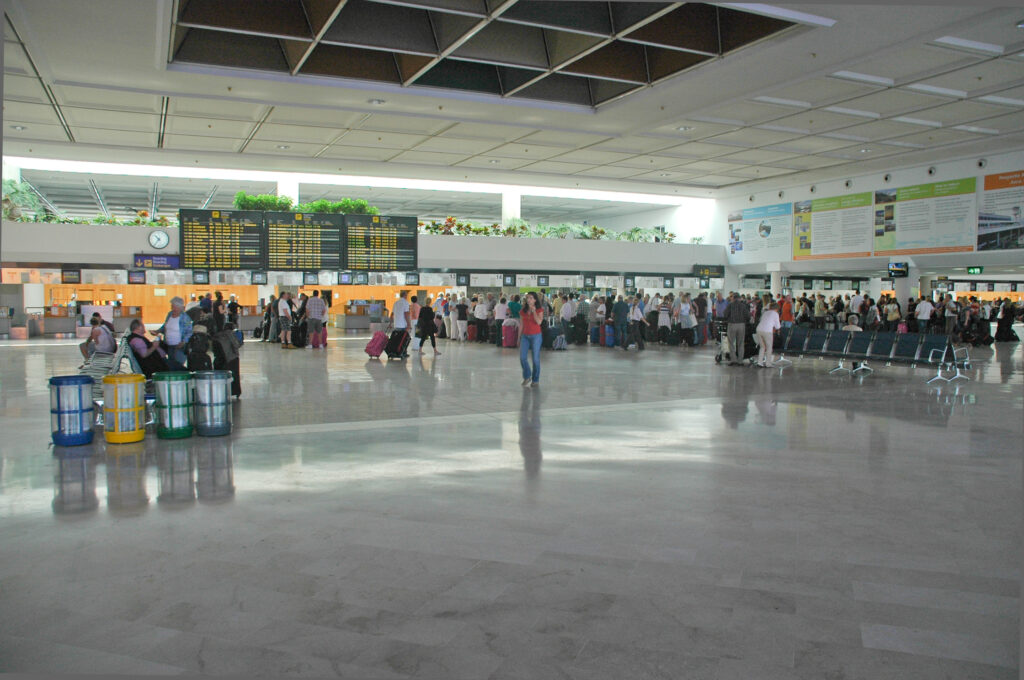






The information contained above is accurate at the time of uploading should ammendments need to take place, then this will be carried out on the next upload.
